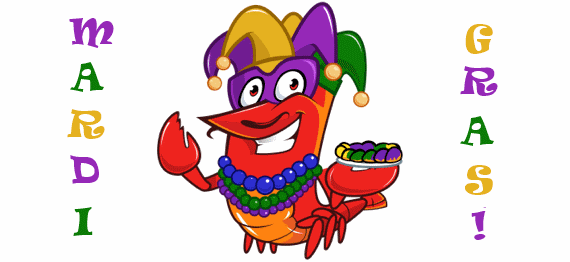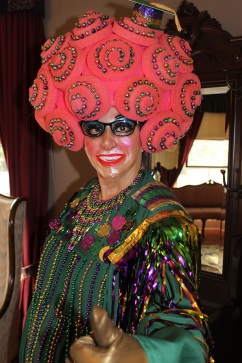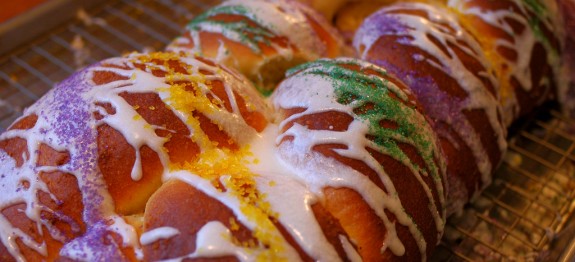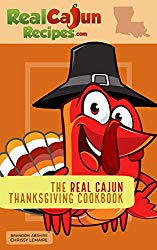Mardi Gras
“Throw me something Mister!” the Cajun cry of Mardi Gras, is a time for Costumes, Masks, Beads, Carnival Balls, King Cakes, Parades and the Mardi Gras colors of gold, purple, and green. Whistles get wet, too!
Mardi Gras or Carnival (from the Latin carne (meat) and vale (farewell) ushers in a time when Cajuns traditionally give up eating meat on Wednesdays and Fridays during Lent, substituting fresh seafood dishes in its place. Some sacrifice, Eh!
Our Favorite Mardi Gras Recipes
Traditional King Cake
Quick Mardi Gras King Cake
Fried Catfish
Frog Leg Sauce Piquant
Mardi Gras, French for Fat Tuesday, is celebrated all across South Louisiana. While the Mardi Gras celebrations in New Orleans are the most famous, many smaller towns celebrate, too, in parades and gatherings that are less theatrical and more family-oriented than the parades in New Orleans. Revelers typically organize into “Krewes,” (pronounced “Crews”), which are social groups that elect royalty, sponsor annual balls and participate in parades. Small groups within the Krewes wear themed costumes and attend the ball masked to hide their identity until the new King and Queen are revealed. Then everyone unmasks and the eating and dancing begin. Krewe of Chic-a-la-pie in Kaplan, LA is the Krew that RealCajunRecipes.com co-founder MawMaw Ruby runs with every year. Here she is, all dressed up for this year’s festivities!
In rural Acadiana, most Cajuns will ask “Are you running Mardi Gras?” This is a general question, meaning whether you’re dressing in costume to attend a ball, going to the parade, or riding through the countryside with live chickens tied to your saddle horn. The traditional Courir de Mardi Gras begins at dawn with costumed revelers on horseback riding from farm to farm begging for gumbo ingredients: rice, chicken, sausage, flour and vegetables.
Later, the booty is turned over to cooks at a central location. The fiddle and accordion music fires up along with the gumbo pot and everyone waltzes and jigs until the gumbo is ready. After gumbo, the well-known King Cake is served.
The cake is decorated with the traditional Mardi Gras colors. These colors have meaning: purple for justice, gold for power and green for faith. In the U.S., a little plastic baby doll is usually inside of the cake. Whoever gets the piece with the baby in it has to buy the cake next year.
After eating, the music resumes and the party lasts late into the night. As with all Mardi Gras, the next morning the 40 day Lenten season commences and Cajuns settle down on Ash Wednesday, awaiting the celebration of Easter.
As we say in Cajun Country, Laissez les bon temps rouler!











Comments